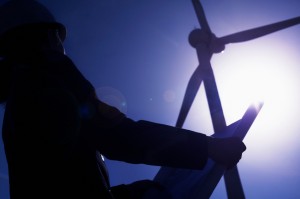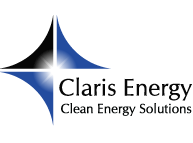 A possible EPAct 45L extension on the horizon is giving hope to many investors and homeowners interested in executing energy efficiency projects. The provision that expired in the end of 2013 will possibly be renewed for one year. In the beginning of December, the US House of Representatives approved a tax extenders bill worth 42 billion dollars.
A possible EPAct 45L extension on the horizon is giving hope to many investors and homeowners interested in executing energy efficiency projects. The provision that expired in the end of 2013 will possibly be renewed for one year. In the beginning of December, the US House of Representatives approved a tax extenders bill worth 42 billion dollars.
The fate of the tax extenders bill known as Tax Increase Prevention Act of 2014 is now in the hands of the US Senate. Will the extension of EPAct 45L and other energy efficiency initiatives be approved by the end of the year?
Expectations and Predictions
Many analysts and industry experts have shared their opinion about the possibility of the tax extenders bill being approved by the end of the year.
The first factor to keep in mind is that the US House of Representatives approved the bill with an overwhelming majority of 378 votes in favor and only 46 votes against. This result indicates a positive attitude towards energy efficiency provisions and their extension. Thus, it’s highly likely for the US Senate to give the bill its support and make the decision quickly.
According to a Reuters report from December 15, the tax extenders bill is expected to win the Senate approval within days.
“We are confident that within the next 72 hours the Senate will send a bill to the president that provides the full tranche of 55 tax credits,” Height Securities analyst Henrietta Treyz said as quoted by Reuters.
The Implication of the Tax Extenders Bill
If approved, the tax extenders bill will impact major investors in the field of green energy production and energy efficient improvements. The ordinary US homeowner will also benefit from tax incentives for green home modifications.
Some of the key provisions in the Tax Increase Prevention Act of 2014 include the following:
- Section 45L tax credits for new home energy efficiency. In order to benefit from the incentive, builders will have to exceed energy efficiency standards for a comparable building by at least 50 percent.
- Qualified energy efficiency improvements tax credit: a credit available for the execution of projects like energy efficient window installations and other qualified home upgrades.
- Section 179D energy efficient commercial building deduction: the deduction totals up to 1.8 dollars per square foot of commercial building space that exceeds the nationally-set energy efficiency minimum requirements.
These are just three of the 55 tax credits and incentives that will be extended throughout 2014 after the approval of the bill.
What’s in the Future?
If the tax extenders bill gets Senate and presidential support, it will be valid solely for a one-year period. This means that debates about the future of such energy efficiency incentives will once again take place in the end of 2015.
The on-again, off-again nature of incentives like EPAct 45L raises some concerns about the stability of the framework and the administrative commitment to renewable technology development and improved energy efficiency. Only time will tell whether such provisions are going to become permanent, giving investors and homeowners the financial incentives necessary for the execution of such projects.
Steve Nanos
Latest posts by Steve Nanos (see all)
- LED Lighting – A Great EPAct 179D Qualification Possibility - February 3, 2015
- 45L Credit Requirements for Begun Constructions - January 29, 2015
- Can Section 179D Incentives Help Businesses Save a Lot of Money? - January 27, 2015

 609.275.8484
609.275.8484